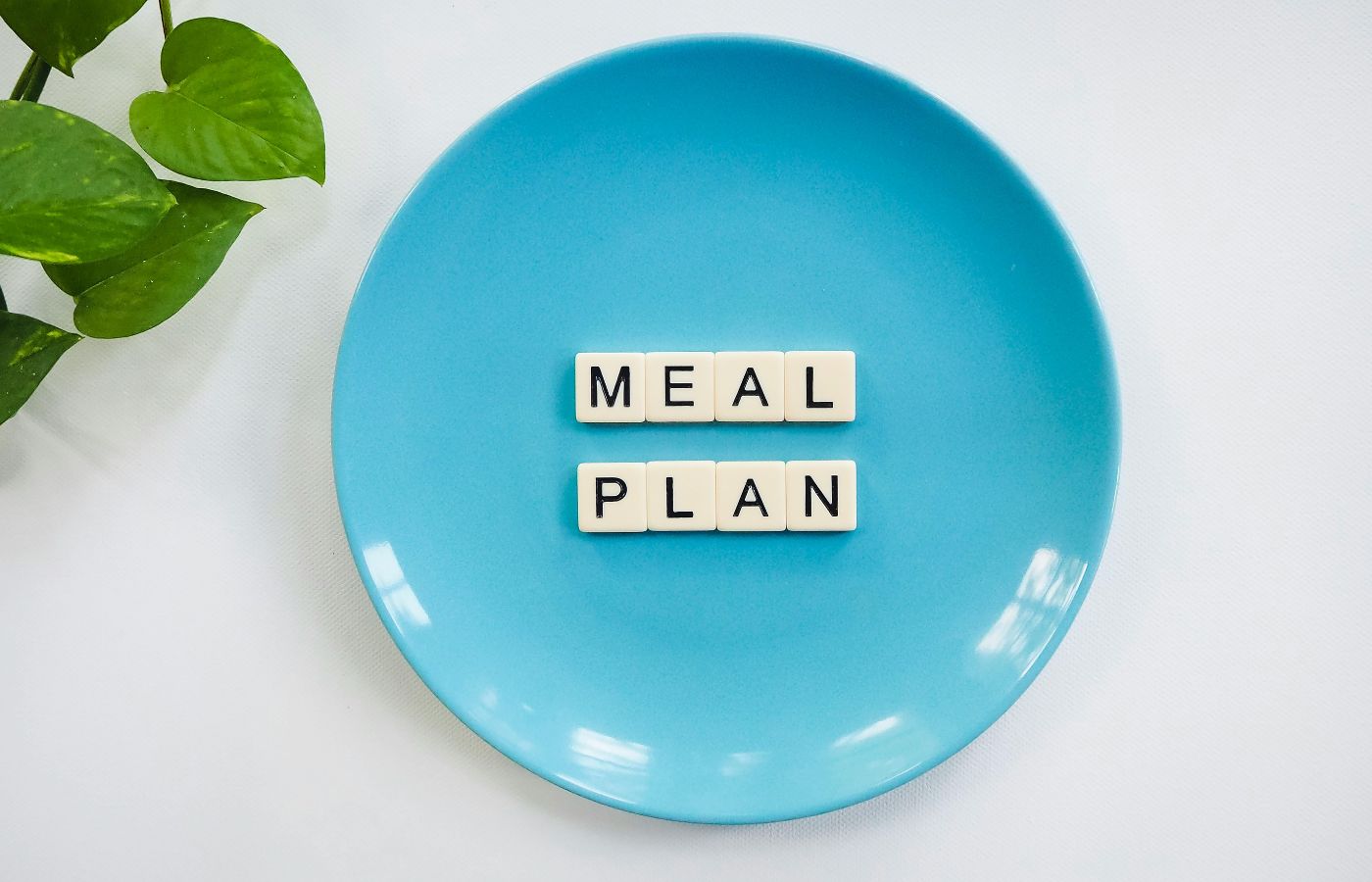Grocery bills can get out of control fast. A few extra snacks here, a forgotten dinner there, and suddenly you’ve spent more than you planned.
Meal planning is one of the easiest ways to cut costs and take control of your food spending. It also saves time during the week and reduces stress. Here’s how to do it without feeling overwhelmed.
Why Meal Planning Works
Meal planning keeps you from wasting money on food you don’t use. It also helps avoid last-minute takeout or multiple grocery trips. When you plan ahead, you make fewer decisions, shop with purpose, and use what you already have.
It’s not just about saving money. It also saves mental energy. You know what’s for dinner. You waste less. You spend less. You eat better.
Step 1: Check What You Have
Before making a list or picking meals, check your kitchen. What’s in your fridge, freezer, and pantry? Look for meat, vegetables, canned goods, pasta, rice, or anything close to expiration.
Make a list of what you already have. These items should shape your meal plan. Using what you own is like getting a free meal. Don’t buy more when you can work with what’s on hand.
Step 2: Choose Simple, Budget-Friendly Meals
You don’t need fancy recipes. The best meals for budget planning are simple, filling, and flexible. Think one-pan dishes, casseroles, soups, stir-fries, tacos, and slow cooker meals.
Pick meals that share ingredients. For example, if you buy a bag of carrots or a dozen eggs, plan to use them in more than one meal. The more overlap you have, the less you waste and the more you save.
Start with meals you know how to make. Add in one new recipe per week if you want variety. Keep it realistic—this isn’t a cooking competition. It’s about getting dinner on the table without blowing your budget.
Read More: How to Find the Best Airline Discounts
Step 3: Write a Meal Schedule
Map out your meals for the week. Some people plan three meals a day, but you don’t have to. Start with dinners, then add lunches or breakfasts if needed.
You don’t need to assign every meal to a specific day. Some people prefer flexible meal lists they can choose from based on time or mood. Either way, make sure you have enough meals for the week, plus one or two quick backups like frozen pizza or pasta.
Include a leftover night to reduce food waste. Cooking extra on one night and eating leftovers the next day saves both time and money.
Step 4: Make a Smart Grocery List
Once you know what you’re cooking, make a list of the ingredients you don’t already have. Stick to the basics. Skip snacks, drinks, or extras unless they’re part of a planned meal.
Organize your list by category—produce, meat, dairy, pantry—to save time at the store. Having a list keeps you focused and helps you avoid impulse buys.
Before shopping, check for digital coupons or store deals. Some grocery apps will even price-match or show the best promotions near you.
Step 5: Cook in Batches
If you’re short on time during the week, try batch cooking. Make a large portion of one meal and eat it two or three times. Chili, casseroles, pasta, and stir-fry are great for this.
You can also prep ingredients ahead of time—chop vegetables, cook meat, or portion out grains. Even prepping one or two things can cut your weekday cooking time in half.
Freeze leftovers in single-serving containers for quick meals later. They’re cheaper and faster than delivery.
Step 6: Stick With It (But Stay Flexible)
The first week might feel like work, but it gets easier. Once you have a few go-to meals, meal planning becomes fast and automatic.
That said, life happens. Plans change. If something unexpected comes up, don’t toss the whole plan. Just shift meals around or save what you can for later.
The goal isn’t perfection. It’s progress. Even one week of meal planning can show real savings on your grocery bill.
Budget Meal Ideas to Get Started
Here are a few ideas that are affordable, filling, and easy to prep:
- Pasta with marinara and roasted vegetables
- Black bean tacos with rice and salsa
- Chicken stir-fry with frozen mixed veggies
- Egg and cheese breakfast burritos
- Lentil soup with crusty bread
- Sheet pan sausage, potatoes, and carrots
- Tuna salad with crackers and fruit
These meals use simple ingredients and can be adjusted based on what’s on sale or in season.
Meal planning doesn’t have to be complicated. It just takes a little time up front to save a lot of time and money later. You’ll eat better, waste less, and spend less.
Start small. Plan a few dinners. Build from there. Use what you already have, buy what you need, and stick to your list.
Once you get the hang of it, meal planning turns into a weekly habit that pays off again and again.







